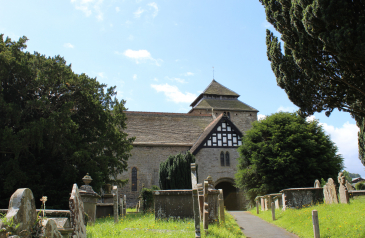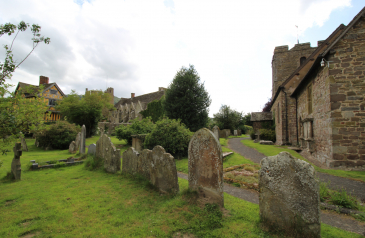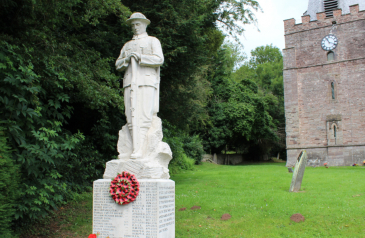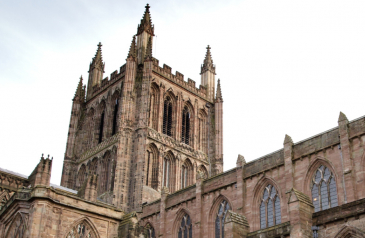Faculty System - work to places of worship
From time to time, work has to be carried out to church buildings. Building works which affect the exterior of listed buildings (including listed churches) still require planning permission. However, works to church buildings are exempt from the need for listed building consent. This exemption from listed building consent extends to and includes church buildings, their contents and anything affixed thereto as well as to anything situated within the curtilage, such as a churchyard wall. The Church of England operates its own system of control and approval which runs in parallel to the secular planning system. Work to church buildings and churchyards, such as alterations to the fabric or the removal of pews, monuments or organs, normally therefore normally requires a faculty – a special permission to carry out the proposed work.
There are a number of exemptions. For example some minor works may not require a faculty (known as List A works) and the Archdeacon also has power to grant consent for other types of work which is likely to be of a minor or uncontroversial nature (List B works). There are detailed rules which apply, and each diocese has a Diocesan Advisory Committee which is pleased to provide advice and guidance to churches. The first stage in the faculty process entails consultation with the DAC. Parishes are encouraged to open informal discussions with the DAC at at early stage. Further details about the work and role of the DAC can be found on the main website for the Diocese of Hereford.
The second stage in the faculty process (after consultation with the DAC and other interested bodies) involves the making of a formal application for a faculty. The Diocese encourages the use of the on-line faculty system. The Diocesan Registrar acts as registrar to the diocesan consistory court which considers applications where formal faculties are required. Faculties are granted by the Chancellor of the Diocese, who acts as the judge of the consistory court.
As mentioned above, it should be noted that planning permission and/or building regulation consent may still be required for certain work, including, for example, extensions to church buildings.
Further information and helpful guidance about the ecclesiastical exemption which removes the requirement for listed building consent for ecclesiastical buildings may be found on the website of Historic England.
In this section
Churchyards
The maintenance and upkeep of churchyards is the responsibility of the parish...
Exhumation
Where burials or interments are concerned, there is a presumption of permanence...
Graves
Graves and headstones, Rights of burial, Reservation of a grave space, Petition Form and accompanying notes.








